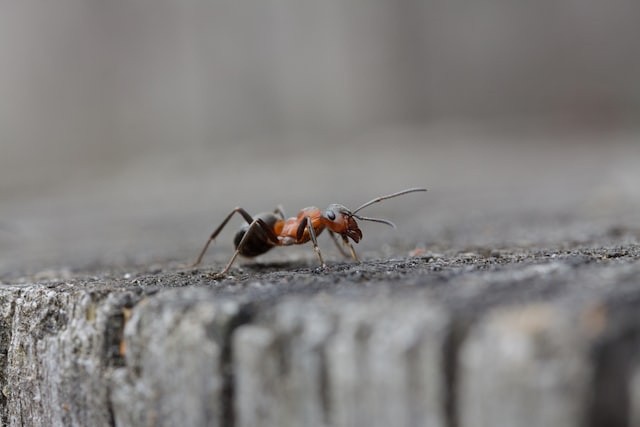Multiple instances of hybridization among two wood ant species led to distinct hybrid populations evolving independently in the same direction, indicating that hybridization is easy to predict.
Ants predict evolution regarding hybridization

Given that hybridization, the mating of two distinct species, and the creation of hybrid offspring is a common occurrences in nature, understanding its effects is crucial, as per ScienceDaily.
It can also aid populations in adjusting to new, difficult environments, like a warming climate, by transferring genetic material between species.
To investigate whether hybridization was predictable, academics at the University of Helsinki made use of distinctive hybrid wood ant populations found in Southern Finland.
They discovered that following numerous instances of hybridization between two wood ant species, various hybrid populations independently evolved in the same direction.
In terms of genetic makeup, they are now remarkably similar to one another, indicating that hybridization results are predictable.
Researchers also discovered that hybridization took place 125 years ago, or even less than 50 ant generations ago.
This means that it was a fairly quick example of evolution in the wild.
In Southern Finland's Finnish forests, close to the Tvärminne Zoological Station, the research team found and collected hybrid individuals for this study.
Since DNA undergoes mutations during transmission from parents to children, it is able to store data about the evolutionary history of populations.
The first reference genome for red wood ants had to be rebuilt in order for researchers to access this history.
The Finnish IT center for science's supercomputers was then used by researchers to sequence and analyze hybrid genomes (CSC).
With the assistance of researchers from Portugal and Scotland, some analyses were completed.
The ant research team will then keep an eye on the genetic makeup of hybrid populations over a number of years to look for signs of adaptation and see if hybrids can combine the temperature ranges of both species, which might help wood ants adapt to a warming climate.
Also Read: Researchers Observe Strategy of Social Parasitism in Ants
How Hybridization plays its part in insects
Numerous distinctive complexes of polyploid and unisexual animals have been instantaneously created by hybridization, as per Annual Reviews.
Diversification has been facilitated by allopolyploidy, whereas related sexual species have exchanged genes through unisexual taxa.
Although many examples of diploid, bisexual taxa with hybrid origins have been proposed, very few have undergone thorough testing.
The number of known animal hybrid taxa will undoubtedly rise as a result of evolving public perceptions of hybrids and technological advancements.
Formica rufa known as red wood ant
Red wood ants are one of the more noticeable insects in the cool, temperate northern hemisphere.
The majority of red wood ants construct substantial, long-lasting nest mounds that are more than two meters tall, penetrate deeply below the ground, and are thatched on top with a layer of plant matter, as per Cambridge University Press.
Formica sensu stricto, also known as subgenus F, is where red wood ants actually belong.
The term wood ants will be used to refer to members of the rufa group.
These names are derived from the habitat, nesting behavior, and bicolored red and brownish-black adult color.
Several morphologically and ecologically related species of ants that are dispersed throughout the Holarctic are included in this group of ants.
Related Article: FORMICA LUGUBRIS
© 2025 NatureWorldNews.com All rights reserved. Do not reproduce without permission.





